Programming Tips
Author:
Unlock your full potential by engaging with our experts and community! Have questions about your fitness journey or looking for expert advice on weightlifting techniques? Don’t hesitate — leave a comment below and Sergii Putsov will provide a personalized answer and insights to help you reach your goals.
Torokhtiy is reader-supported. Some links are affiliate links, and we may earn a commission at no extra cost to you. See our disclosure page for details.
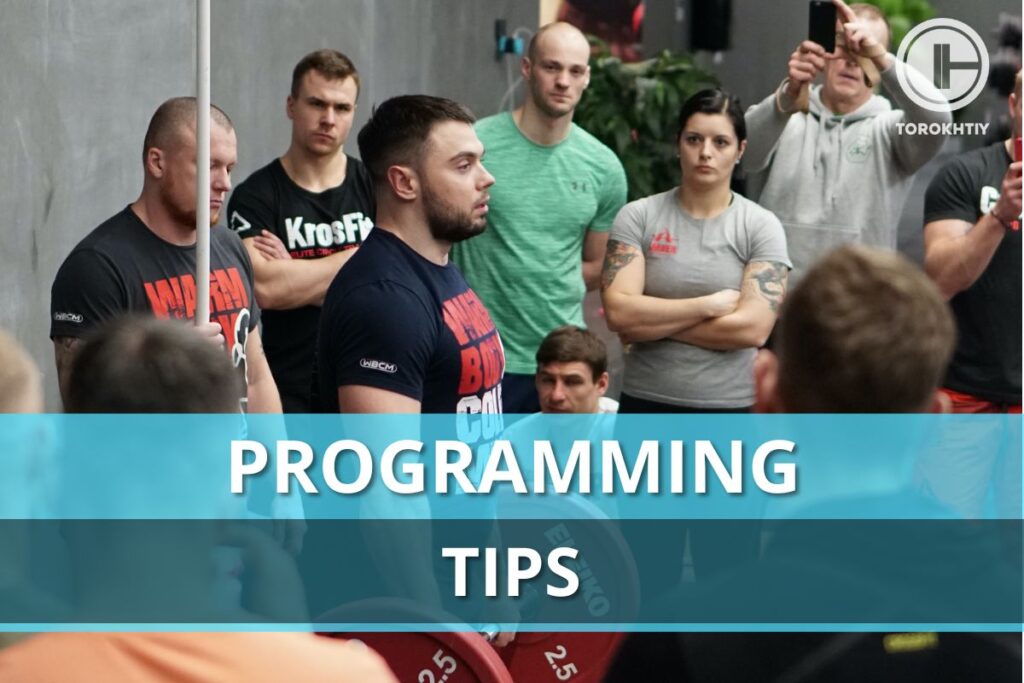
Principles of creating the training program are very frequently asked about at my seminars and during communication with athletes. I always receive a whole lot of messages in Instagram Direct each time I publish my new training program:
– Why is loading on the weekly cycle allocated exactly this way?
– How can I properly combine dynamic and strength exercises?
– How will you understand that you can proceed with further loading on an athlete or it is time for a recovery workout or even for a recovery week.
You may like it:
- Detailed Olympic Weightlifting Program For Beginners
- 12-Week Weightlifting Program For Women (Detailed Example)
- Create Your Olympic Weightlifting Program (Examples Included)
There are a plethora of similar questions and these are indeed important and right questions to ask! However, there is no definite answer about this case as the approach and conceptions of various weightlifting schools may significantly vary and some coaches’ opinions are likely to be contrary.
Unfortunately, there is no possibility to answer them all within the limits of one article. Especially after we’ve figured out that there is no single answer for all of them. But here I will share my opinion on some specific questions concerning the planning of training loads.
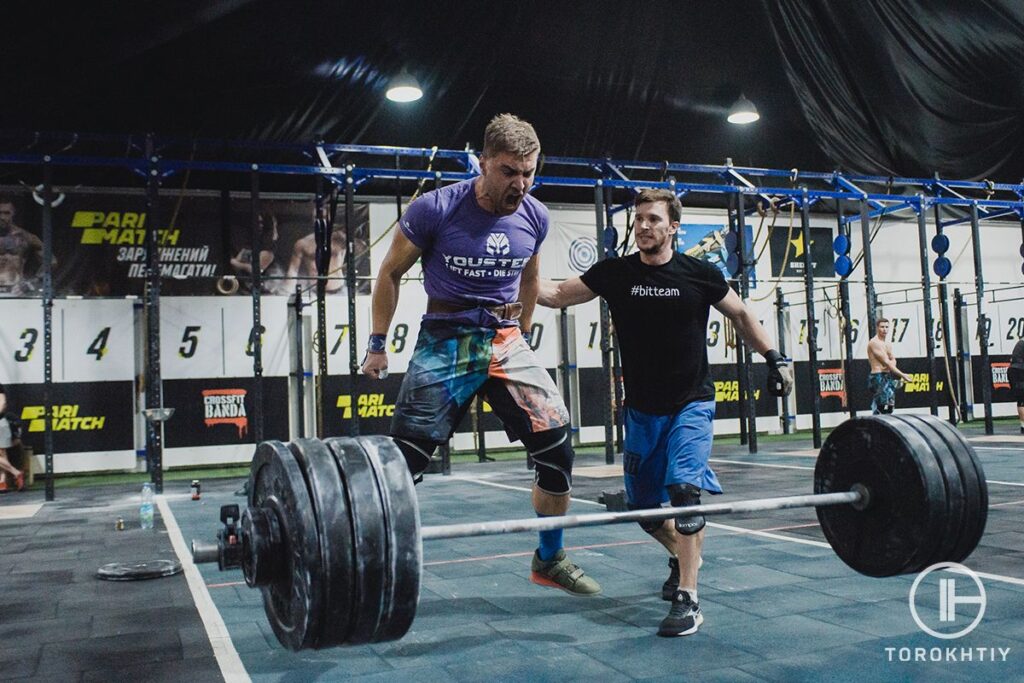
Considering long-term experience in developing the training methods in weightlifting it can be noted that only a limited number of rules and indices were taken as a basis to provide recommendations. I shall remind you that there are unique athletes which can’t make use of it as well as successful coaches that have their own attitude to the training process.
Here are some of these recommendations:
- Many rookie athletes count the training volume in kilograms, tons or pounds so it may give the impression of titanic work. Such a way of analyzing the training load may be still suitable, but in modern science the volume is based on repetitions. Such a method is more objective for counting the physical work volume than the one that counts only the whole tonnage, as it remains independent of the average barbell weight, athlete’s weight class, age and height. The barbell repetitions number depends on an athlete’s level and may have significant individual differences though. Also, it is much easier to program the training process for a team basing on barbell reps, that’s another merit of such a method.
- Long years of physical preparation practice showed that loads at the first training stages grow by increasing the number of repetitions and barbell weight. All athletes reach their individual volume (of repetitions). The most effective means for the subsequent progress is to maintain the physical load volume on a stable level while increasing the intensity. Thus, the long-term training process may be presented in two periods: the first one is the increment of volume and intensity (6 years, on average); the second is the relative stabilization of the volume and systematic intensity increase.
- I shall provide the following numbers for a better understanding of coaches’ motives: in the 60s-70s athletes of the USSR National team performed approximately 7000-8000 reps annually, in the 80s this number increased by 2,5 times –up to about 20 000 reps. You can see almost the same numbers in the articles devoted to the training process of China or other TOP world National teams.
What is important about these numbers:
– These loads are intended for the professional level athletes with 8 or more years of training experience;
– Such loads can be coped with only during year-round preparation in sports camps environment;
– Under such loads there are 9-12 weekly workouts;
– The age of pro-athletes in National teams is 18-26 years on average (the speed and quality of body systems recovery are very age-related);
– You should also remember that similar numbers were provided in different studies and different teams and counted as a total volume or volume of the 50-70% basic exercise only. That’s why it’s not always right to compare them.
I draw your attention to these specificities for a reason, so that amateur athletes wouldn’t feel the urge to tread on a “heroic path” to overtraining and injuries. Professionals’ training programs are for the professionals ONLY. You can take a couple of things or methods and techniques from them but you can’t just blindly copy.

- Another frequently asked question is – what reps number is standard for the monthly cycle. Unfortunately, there is no possibility to provide a clear answer on this case. This number heavily depends on an athlete’s level and his training system. The data we were able to collect vary from 700 to 1700 reps per month.
The loading level during the pre-competition month is lower and also depends on an athlete’s level. By today we can claim that there is a consistent pattern – the higher an athlete’s level is, the less the training loads shall be reduced between preparation phases. The apt illustration is that novices’ and amateurs’ decrease in repetition number between preparation and pre-competition phases is about 20-50%, and top-athletes have this number around 10%.
Follow us!

Free!
Get a 2-week Weightlifting Program as a bonus for the subscription to kickstart your training plan!

Free!
- One more problem of a «proper» training program is that there are just a few «open» studies concerning the training process in weekly cycles.
Firstly it is foreign language literature (English is the most common, Russian and Portuguese are less) that observes just a limited number of standardized load criteria: the number of repetitions and weekly average barbell weight.
Secondly, when you compare two weekly cycles between each other only by two indicators, the complex and varied week microstructure stays out of sight. Usually, all recommendations are about the groups of exercises (snatch, clean & jerk, pulls, squats), but each of these groups has many varieties: different positions and work modes, the length of pauses and other technical nuances. And that means that their impact upon an athlete’s body is not even either.
The famous USSR scientist and coach Alexey Medvedev recommended certain numbers about the allocation of reps as a percentage from the monthly load which can be adopted and considered as real lifehack. These models are used by many modern coaches, they are generally accepted and time-tested. The most rational way to allocate 100% of monthly reps between four weeks is: 35%, 28%, 22%, 15% respectively. Also, they can be randomly mixed depending on the goals of the current training phase, but this ratio is the best to keep physiological load variability and avoid monotony.
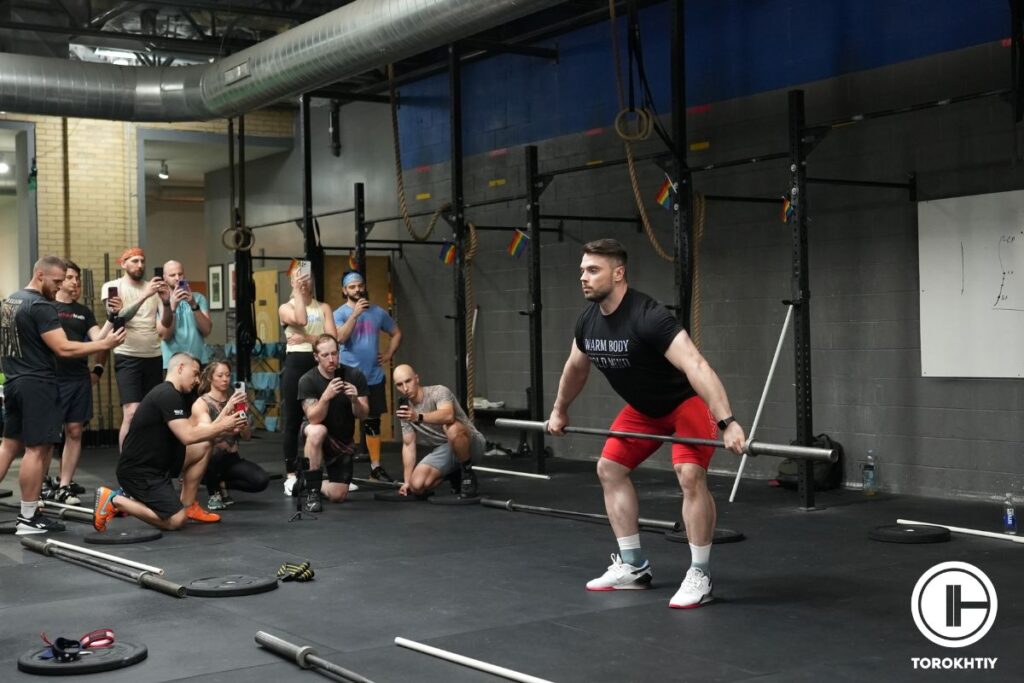
Also, Soviet Weightlifting school used 7 reps week intervals which you can follow as quantitative guidance:
- Low – under 75;
- Below average – 76-210;
- Average – 211-345;
- High – 246-480;
- Higher than high – 481-615;
- Submaximal – 616-750;
- Stress – more than 751 reps.
There is a certain consistent pattern that the higher an athlete’s level is the more volatile the number of reps between the weekly cycles should be.
Practice suggests that in their training programs top-level athletes frequently use average weekly loads (40%), less often high and below average (46% in total), low, maximal and stress are even less common (14%).
From my personal experience, I remember that training weeks with 600 reps were incredibly heavy. I think that it is the maximal number that I have reached. But I shall remind you that my weight class was 105 kg. I’m quite sure that such loads would not be so severe for the athletes that are below 70 kg weight classes.
As many pro-athletes have switched to year-round preparation the practice of rational creation of the whole yearly cycle (i.e. «connection» of all generally known load variants) is a very interesting question. Alas, but there are only a few scientific studies on this case and practice is often quite contradictory and ambiguous.
- Load intensity – the quality of the physical work in the workout process is usually defined by the average lifted weight.
Intensity In weightlifting is expressed through a number of indicators:
– Absolute intensity, expressed in kg;
– Relative intensity, expressed in % of maximal result;
– The number of reps with 90% in snatch and clean & jerk exercises;
– Intensity zones reps allocation.
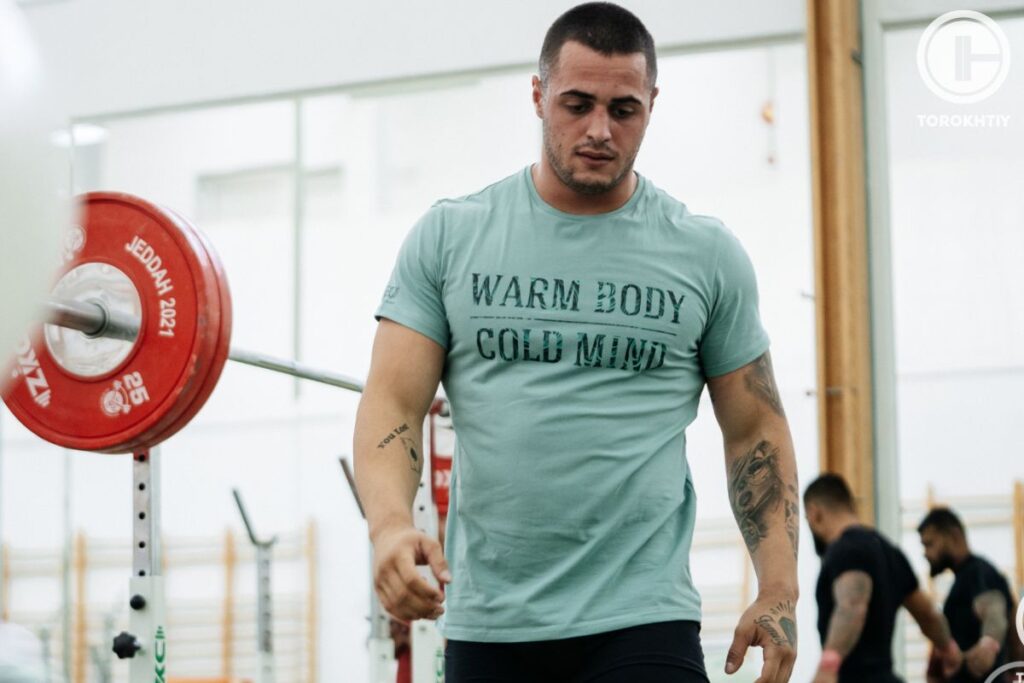
There is a high correlational relationship between athletic performance and average training weight: (г=0,904). It means that the intensity growth will increase the athletic performance.
In his studies about creating the training programs, Medvedev also wrote: «to make the performance weight in both events 10 kg higher you need just to make your average workout weight in a pre-competition month also 4 kg heavier, regardless of your weight class.»
The intensity ratio is another informative indicator to analyze the quality of the training program.
It can be calculated on a simple formula:

38% is a number that was obtained experimentally after many years of studies. I highly recommend this formula to all coaches and athletes so they could objectively estimate the individual loads.
Long-term dynamics researches (for the last 50 years) of the intensity in snatch and clean&jerk excesses revealed that only the growth of the average training weight with the stable relative intensity of 75±2% can provide the performance boost. Earlier studies by A.N. Vorobiev (1981) showed that in the athletes that have trained for more than 1-3 years this indicator is a bit lower – 69% (65-75%).
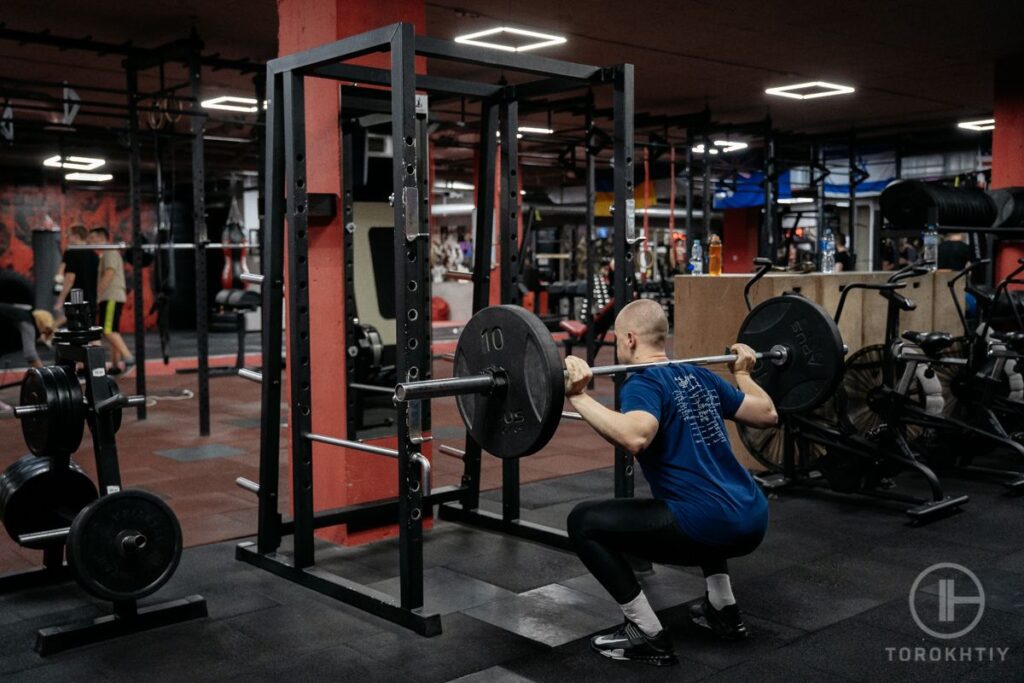
The consistency characterizes its reliability, this is the basis of tests theory, such tests can serve as an objective quality criterion.
There are many disputes and differences today about the optimal number of 90% reps in snatch and clean & jerk exercises. We can also see that pre-competition preparation may significantly vary from team to team. Some of the athletes lower the intensity 3-4 weeks prior to the competition while the others lift 100% 2-3 days before the event. I will devote a separate article to this question in the nearest future.
- The final practical recommendation is model loads of exercise groups in the monthly cycle. During the last decades these values have finally stabilized and now are used in many weightlifting schools. The following exercise volume allocation is considered to be the most efficient:
– Snatch – 22% (18-27%)
– Clean & Jerk – 25% (21-29%)
– Snatch pulls – 10% (8-12%)
– Clean pulls – 10% (8-12%)
– Squats – 22% (19-24%)
– Pressing and all other exercises – 11% (8-15%)
It is very important to add that many top coaches think that the load in the clean & jerk group must be even higher and reach up to 30-33%. Because it consists of two exercises – clean and jerk that can be considered as separate ones.
To sum up all my reasoning about the programming of the training process I want to outline that these are nothing more than models and numbers that could be useful and efficient only under the condition that all other crucial parts are fulfilled. Technical and psychological preparation, daily regime, nutrition plan and other important details are also of the utmost importance on your way to success in weightlifting. Traditionally I will finish with a quote from one of my coaches: «training program is NOT a dogma, but an action guide!»
Heavy weights to everyone!
Related articles:
- Meal Plan For Weightlifter
- Clean VS Power Clean
- 10 Steps Creating Your Own Training Program
- How To Calculate Training Load
You might be interested in:
Why Trust Us?
With over 20 years in Olympic weightlifting, strength training, nutrition coaching, and general fitness our team does its best to provide the audience with ultimate support and meet the needs and requirements of advanced athletes and professional lifters, as well as people who strive to open new opportunities and develop their physical capabilities with us.
By trusting the recommendations of our certified experts in coaching, nutrition, and sports training programming, as well as scientific consultants, and physiotherapists, we provide you with thorough, well-considered, and scientifically proven content. All the information given in the articles concerning workout programming, separate exercises, and athletic performance, in general, is based on verified data.
The product testing process is described in more detail here.
Author: Sergii Putsov
Head of Sport Science, PhD
Best Results: Snatch – 165 kg,
C&J – 200 kg
Sergii Putsov, Ph.D., is a former professional weightlifter and National team member, achieving multiple medals in the 94 kg weight category at national competitions. With a Master’s degree in “Olympic & Professional Sport Training” and a Sport Science Ph.D. from the International Olympic Academy, Greece, Sergii now leads as the Head of Sport Science. He specializes in designing training programs, writing insightful blog articles, providing live commentary at international weightlifting events, and conducting educational seminars worldwide alongside Olympic weightlifting expert Oleksiy Torokhtiy.



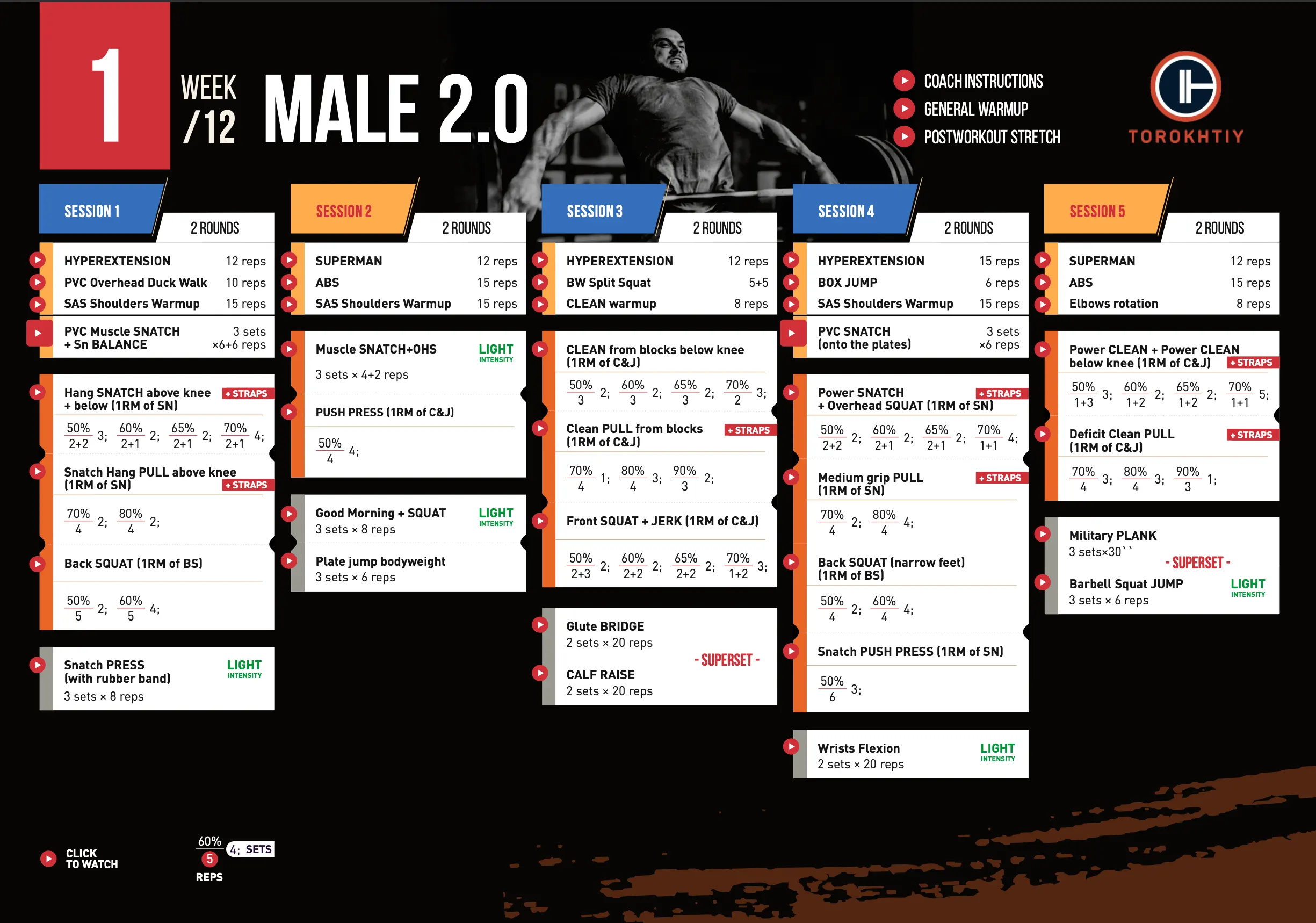
Still have questions after reading our article? Unlock your full potential by engaging with our experts and community! Don’t hesitate — leave a comment below and Sergii Putsov will provide a personalized answer and insights to help you reach your goals.